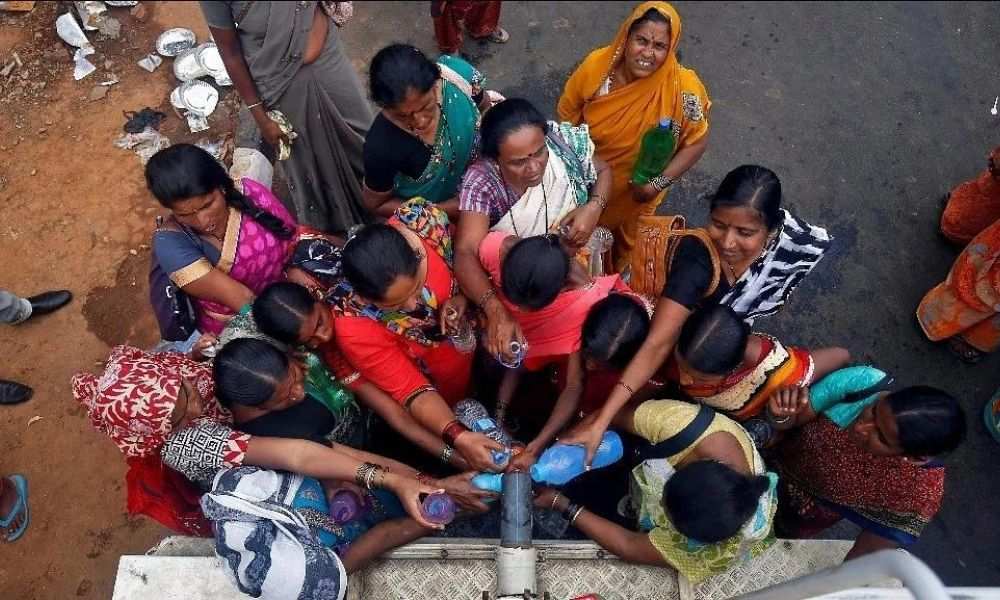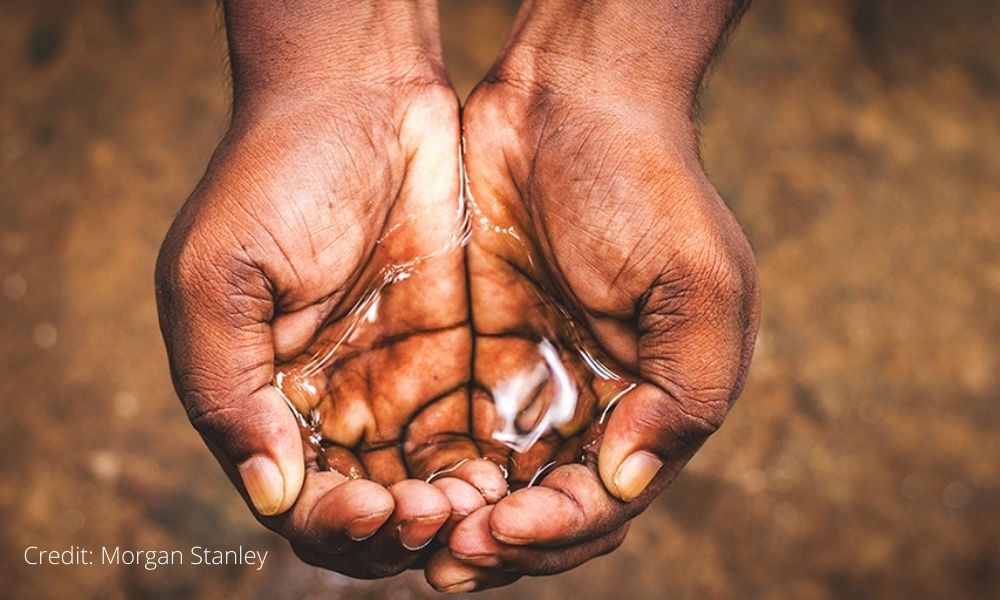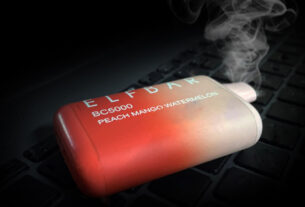Only 17 percent of rural Bengaluru has access to tap water connections, Jal Jeevan Mission dashboard statistics mention.
Bengaluru: Every morning at 8 a.m.. Sayara waits in front of the tap outside her home with five small water drums and two large jerrycans. Sometimes Kavita walks one kilometre with her drums to get the water. Chandru does not have access to borewell water; a 100-metre-long pipe from his neighbour’s house provides him with water for everyday use.
People in rural Bengaluru are already facing a water shortage.
With the Indian government planning to achieve 100 percent tap water connections to rural households by 2023, Karnataka may be left out. Only 17 percent of rural Bengaluru has access to tap water connection, Jal Jeevan Mission dashboard statistics mention.
The water comes only for one hour during the morning and in the evening, Sayara who lives in Gollahalli village said. There are days when the water does not come at all, she added.
Then Sayara carries her drums to the nearby borewell tap or to her neighbours to get the water.
Pushpa who lives in the same area said the family had applied for a tap water connection but nothing has happened since. The tap in her house continues to remain dry. Five big drums inside her house and one big drum inside the toilet provide the family with all the water she needs.
Chandru, however, faces a peculiar situation. He does not have a panchayat water connection, but a 100-metre-long pipe from his neighbour’s house provides his family with the water he needs. When Chandru runs out of water, he has to book a water tanker for Rs. 600 once in three weeks.
Arun, who runs a shop nearby said the Cauvery water supply stops within the city limits. The rural areas, especially in the villages, rely on local panchayats to provide them with borewell water. “Sometimes, the water only reaches the taps on the main roads. The taps inside the lanes and bylanes remain dry,” he said.
Of 59,774 rural habitations in Karnataka, 34,345 (57 percent) have full coverage, while 24,977 (41 percent) have partial access — less than 40 litres per day — while the remaining 452 habitations get contaminated water, a report mentions.
Officials at Bangalore Water and Sewerage Supply Board said most villages along Bengaluru outskirts do not opt for the water connection, they get free borewell water from the local panchayats. Chandru, however, added they need to pay Rs. 5000 to get the borewell water supply. Most villages around Bengaluru do not have access to Cauvery water, he added.
Finding the roots
Dr. T V Ramachandra, Energy and Wetland Research Group, Indian Institute of Science said, “If we do not have water, how will the water programs succeed?” The forest cover in the Kaveri river basin has decreased to 16 percent, he added.
A study done by Ramachandra concludes rapid depletion of vegetation along the river banks, especially the catchment areas where water drains into river, basin or reservoir have disrupted the ecological balance. This in turn depletes the groundwater in the area. In almost all catchment areas in Karnataka, the native vegetation cover has been replaced by cash crops.
Ramachandra said, when people degrade the catchment, the water flows in the stream for only four months during the monsoon. The farmers can grow only one crop because the water is not there throughout the year. The farmers living around an untouched river basin earn Rs. one lakh per year while the farmers near the degraded areas earn only Rs. 30,000, he added.

The concrete jungle
Vegetation cover in urban Bengaluru was 68 percent in 1973, however, today it is less than three percent. While the buildings in 1973 covered 7.5 percent of Bengaluru, but today it has increased to 85 percent, Ramachandra said.
“When the lakes were still in the city people got water in 100 ft-200 ft, below the ground. After removing the lakes, the water table ran down to 1900 ft below. Nagashetty halli residents are experiencing the crisis now,” he added.
A study conducted at IISC shows Bangalore receives between 700 mm-850 mm of rainfall every year that creates 15 tmc of water. However, Bengaluru requires 18 tmc of water. Thus, more than 60 percent of the water can come from rainwater harvesting.
Until last year, only 1.55 lakh properties in the city had rainwater harvesting structures installed, a report mentions.
Ramesh S.V., Bangalore Water and Sewerage Supply Board said only 41,000 buildings in Bengaluru do not have rainwater harvesting systems. All others have been provided with the structure, he claimed.
“Providing a tap will not solve the problem. If you are degrading and hurting the source, there will always be a water shortage,” Ramchandra concluded.




